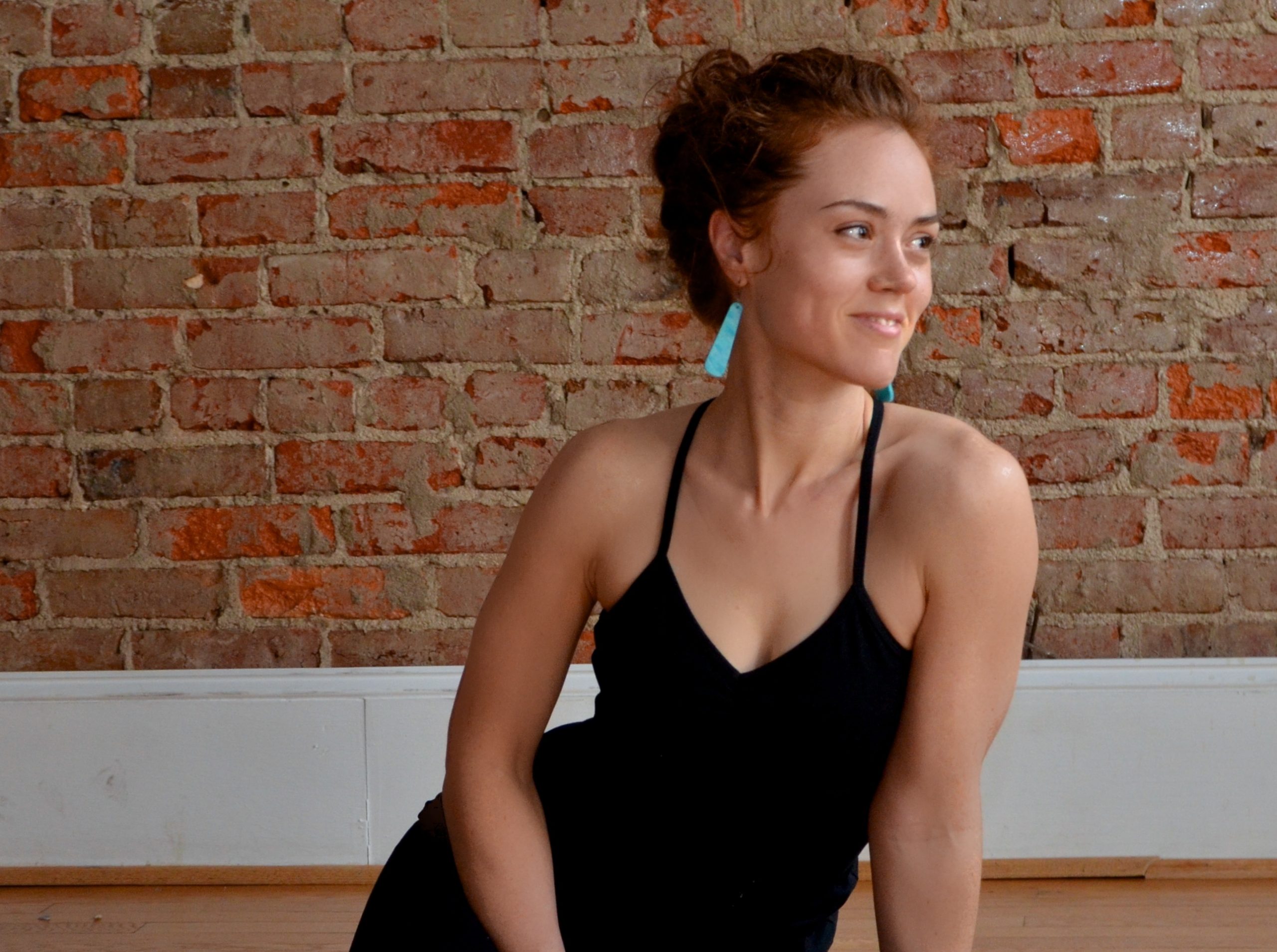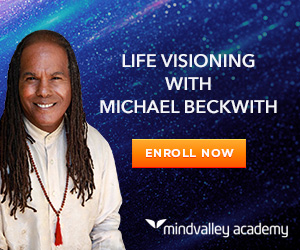Going through Yoga Teacher Training, I learned about the foundational aspects of being a teacher. None of which reminded us to remain a student for as long as possible. There was no warning that being a teacher full-time would mean long periods of driving long-distance to a studio, teaching the way a studio owner wants vs what the teacher wants (or what’s safe for the students), teaching back-to-back classes, picking up unpopular classes at odd hours, and potentially sacrificing time for personal practice.
This possibility became a reality for so many other teachers. At some point, the grind catches up, and if we are aware of it, we put our personal practice back on track. And so the balancing act of student vs teacher goes on for as long as we make this our career.
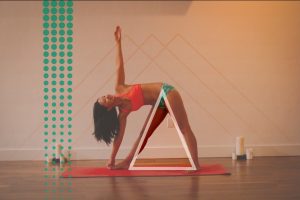
Several months ago, I quit all of my yoga teaching gigs, stepped down from my role as co-founder of Deep House Yoga in San Francisco, and embarked on a rare opportunity to explore the world with my husband.
We would be in a given country for as long as our visa allowed. I would be just a student wherever there’d be a studio. Taking classes was the only goal, and approaching them with a beginners’ mind was the only way.
The only times I would teach would be at my yoga retreats, which would be only 1-2 times a year.
In that instant, there was no stress over creating sequences or driving through traffic to find a parking spot before class. The clouds parted, the dust settled and what rose up was the genuine desire to be that student I lost touch with years ago. I reconnected with the initial reason why I signed up for a Yoga Teacher Training in the first place: to understand my body and how it worked.
A renewed thirst for modern science while keeping the therapeutic benefits of yoga led me to come up with a simple idea:

What happens when you get all of this time to completely be in Student mode? What would you want to know? How would you approach a yoga class? What were teachers in different countries instructing on? What part of their teaching is relevant to how we keep our minds and bodies healthy? How is Eastern and Western yoga impacting the world?
So many questions arose. I wanted to learn from all of the greatest yoga teachers around the world. With this newfound knowledge, I wanted to pay it forward to other teachers and students.
So, this vision came about: of two passionate and kind-hearted teachers having a laid-back chat. It would be like the Charlie Rose show, but it would happen in the comfort of our own homes using a simple webcam on a Sunday afternoon. I would broadcast the talk so others could participate in this dialogue. We would keep it educational, light-hearted and “humerus” at the same damn time!
Thus, Science Yoga Sunday was born.
This past session featured Dr. Ariele Foster, founder of YogaAnatomyAcademy.com and SacredSourceYoga.com.
Ariele chose a topic that had been on her mind a LOT lately — Are we serving the yoga or is the yoga serving us?
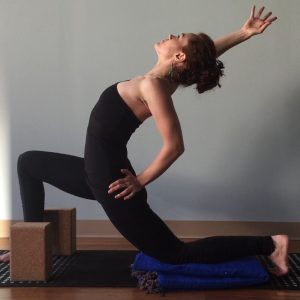
“We are here to enhance our lives, we are not here to bow down to some set sequence of poses.” – Dr. Ariele Foster
We got into the weeds on the limitations of alignment on the yoga mat, and so much more.
Watch the video or read the transcription below to learn:
- Why she no longer asks pre-class if students have injuries.
- Who the three (types of) teachers are in the room?
- How common is hypermobility in our students?
- The real risk of dogmatic practice: repetitive motion injuries
- How practicing yoga is like being a Hollywood actress 😉 !
- Why alignment isn’t all it’s cracked up to be
“…And so we have got to stay humble, we’ve got to stay really, really humble. Dedicated to the bigger purpose on the mat, which is hopefully the sustainable enhancement of our entire lives. That literally means that yoga has to evolve. It has to evolve with us. Our physical asana practice has to evolve…the way we use our bodies. This is something that is going to change over the years, and we need to start talking about it openly.” – Dr. Ariele Foster
Read Below for Part of the Transcript:
JULIE: I’m really excited to chat with Ariele today because not only has she been teaching for almost a decade or more than a decade..
DR. ARIELE FOSTER: 16 years!
JULIE: Well, that’s way more than a decade. You also have a doctorate in physical therapy.
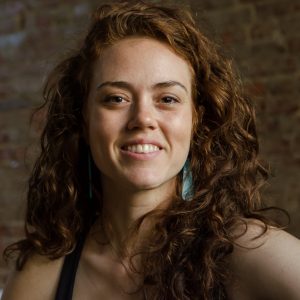
DR. ARIELE FOSTER: Thank you so much for having me on, Julie. It’s such a sweet treat to be able to be here. I started teaching yoga fresh out of college. I didn’t have a particularly athletic background. When I was in undergrad I was exposed to Kripalu Yoga, and completely fell in love with it. Kripalu Yoga is a non-dogmatic, very gentle, but also very challenging style of yoga that has three main stages. The first stage would be the willful showing up stage – it takes a little bit of effort to roll out your yoga mat to show up and do the poses, and that’s why yoga teachers are so helpful because they teach us what to do. You might embody the second stage by holding a pose for a long time, and working through all of the “stuff” that comes up. This isn’t mandatory of course. And then the third stage would be meditation in motion. So I come from this very soft, fluid yoga background. But when I moved to Washington, DC soon after that in 2001, I really fell in love with vinyasa yoga. I loved the dance, the music, the hype. At the time I worked in environmental policy and activism, so I had desk jobs where I was sitting a lot. And then I would go and practice or teach these very flow based classes.
About 5 years in, maybe 4, I went to an Iyengar based class one night. It wasn’t even a flow class that night, but I remember we were holding downward dog for a long time. We were in it for so long that I wanted to get out of the pose. I remember I had some of the people who were my students in the class as well. I was being a student and I didn’t want my students to think that there was some ego involved. I didn’t want to cop out and jump out of the pose. And the next day I couldn’t lift my arm.
I went to see a physical therapist a few days later. She did some really simple quick tests, and she knew within 5 minutes that I had a rotator cuff injury. It was clearly from the repetitive stress of vinyasa, and not having the fundamental stability in my joints to do all those movements.
JULIE: That was interesting when you talked about not wanting to be that one student that’s “caving in” or showing signs of weakness. When I was starting off as a student, there were quite a few classes where the teacher was having us in plank for at least 2 minutes, or the power yoga style when you were in a pose for a really, really long time. You see people hesitating and resting on their knees. If I’m not strong enough that must mean I’m not a yogi. There’s this internal struggle and the need to be at a certain level in order to feel like we are really doing the yoga.
DR. ARIELE FOSTER: We have to really root out all the ways in which we inadvertently diminish the broader experience. So let me give an example:
The highest level of yoga in that moment would have been to say “this doesn’t feel good.” I’m going to step down from this and I’m going to take a break and I’m going to listen to my internal teacher.
The ultimate goal of our yoga practice is the process of self-inquiry. It is the process of discipline, but not discipline to some external random teacher. We are building discipline for life. We are building tapas, austerity and a quality of introspection that should serve us off the yoga mat. It’s called practice for a reason. It’s not a performance. And so the highest level of practice that day would have been to do some self inquiry around the reality that I probably wasn’t strong enough to continue that class. Or the reality that I had done a lot of down dogs and chaturangas that week. And that I really didn’t need more than that. That’s partly what fuels my passion for showing up today. Are we showing up to the yoga mat to serve our lives? Or are we showing up to serve these poses? That was an instance in which I am pretty sure I was serving the pose or was serving the teacher in front of me. That was a lesson that clearly I needed to hear, so here I am.
“You’re here for the practice. You are not here for performance. Please don’t do this for me. Please show up and listen to the teacher within. We will assume that there is some weight, some quality of yoga, the essence of yoga that hopefully I’m conveying. Thank you to all of my teachers, and that there’s also some individual weight from my words that are in front of you. We have these three teachers within the room: The one within, the one that is visible, and the one that is invisible, this lineage of the practice.”

JULIE: I wanted to touch upon two things that you brought up. First one is speaking about things that may be controversial in the yoga world. I say controversial because there are many students and teachers who are very dedicated to the lineage. And then there’s a growing movement of teachers and hopefully students that start to question whether a yoga pose is helping this student out in their daily lives. Where do you see the direction of yoga going in relation to what you’ve experienced and what you are seeing so far?
DR. ARIELE FOSTER: I can speak to my classes and my practice. MY practice over the last 5 years has become significantly more strength-based and significantly less about range of motion. I’m academically and personally interested in the topic of hypermobility. I don’t think that I personally fall into the category of generalized hypermobility syndrome, but most yoga practitioners and yoga teachers have some level of hypermobility somewhere in their body. I see this pattern really powerfully across Washington, DC where I have been teaching for 16 years. I also run a Facebook group called Yoga for Those with Hypermobility and Ehlers Danlos Syndrome. Ehlers Danlos is a syndrome tha talmost always has hypermobility as a component. These folks truly need strength. If we just use the “natural” range of motion as it shows up, not only will it be too easy for them, but it could also be really harmful for them.
I love Instagram. It’s a creative outlet for me.
But I’ve noticed that a lot of the people who have risen to Instagram fame in the yoga world are naturally extremely hypermobile to the extent that it could be dangerous to their underlying structure. I’m talking about people who are probably going to need hip replacements by the time they are 40.
One individual I know of on Instagram had an extreme wrist injury from constant handstands. The injury came from a lack of circulation, which is also a sign of underlying hypermobility disorder. If you look at many of these Instagram accounts that have skyrocketed to fame, they are really pushing the flexibility, the contortionist component of yoga. Many injuries in yoga happen after years of practice. You might start practice when you are 21, but when you are 27, 28, 29, 30… You’re going to deal with significant repetitive motion injuries. My own practice has become much more strength based. It’s helped me profoundly. I almost always start a class with some deep core work, where we just recruiting core muscles on our backs on the floor, so that when we stand up we can access them a lot better.
Next Up on Science Yoga Sunday is the topic, “What’s the Deal with Hip Openers?!“ with Dr. Garrett Neill, aka Dr. Yogi Gare. Not only is he a contributing writer here at Shut Up & Yoga, but he is a catalyst in anatomy awareness in studios and yoga teacher training programs all across North America.
Enjoyed reading this article? Consider supporting us on Patreon. $2 donation will allow us to publish many more amazing articles about yoga and mindfulness.

